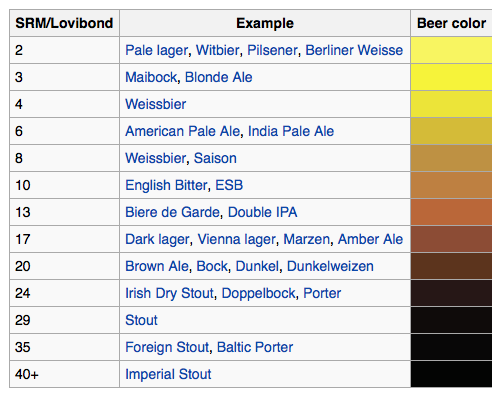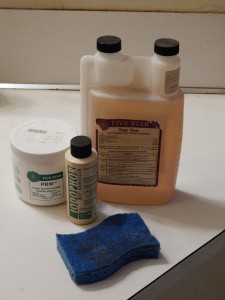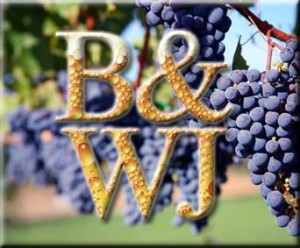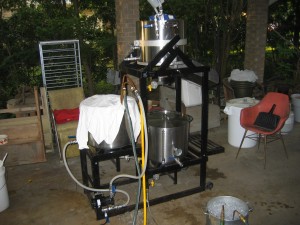 Recently, I posted four simple water guides. They described a simple way to make up your brewing water (brewing liquor) for pale, amber, brown, and black beers. Each gave a recipe for adding minerals to 5.0 gallons (19 L) of distilled water to make water suitable for beers in the appropriate color range. Three of the four guides were based on starting with 100 ppm calcium ions (Ca2+) in your water; the fourth started with a base of 75 ppm.
Recently, I posted four simple water guides. They described a simple way to make up your brewing water (brewing liquor) for pale, amber, brown, and black beers. Each gave a recipe for adding minerals to 5.0 gallons (19 L) of distilled water to make water suitable for beers in the appropriate color range. Three of the four guides were based on starting with 100 ppm calcium ions (Ca2+) in your water; the fourth started with a base of 75 ppm.
There’s nothing magical about 100 ppm Ca2+, however. It is a middle value in the range of useful calcium levels in beer, often given as 50–200 ppm. Calcium has a variety of benefits in the mash, and brewing liquor in this range should supply a sufficient amount. If you are making your brewing liquor from distilled water, the more calcium you add, the more carbonates you need to add. Calcium causes a reaction in the mash that releases acids and lowers pH. Carbonates neutralize acid and oppose mash acidification. So, to hit your proper mash pH, you need these two to be (at least somewhat) in balance. With that in mind, I’ve made a five-step guide to making your brewing liquor that allows you to start with 50, 75, 100, or 150 ppm calcium ions. Beers brewed from water containing more overall minerals may taste “minerally” while beers brewed with water containing lower levels of minerals may taste “softer” or “more rounded.” [Read more…]






Recent Comments